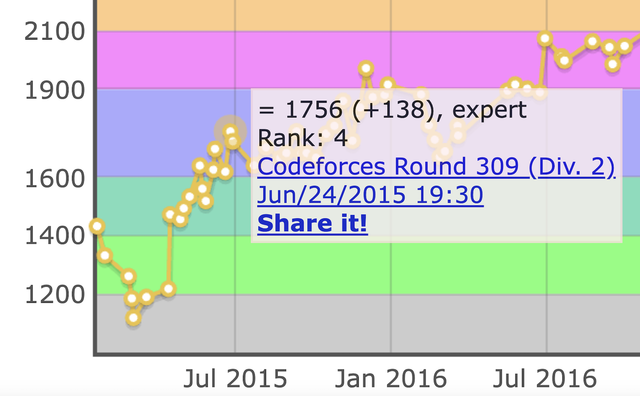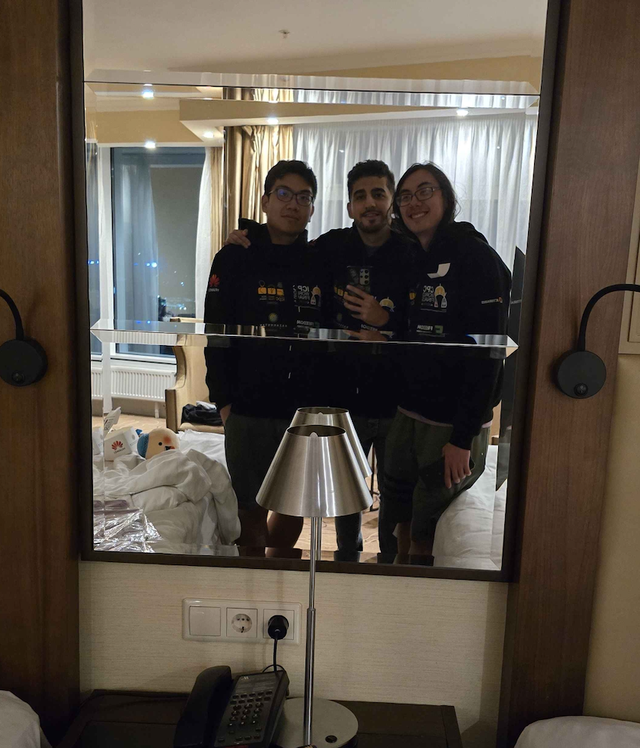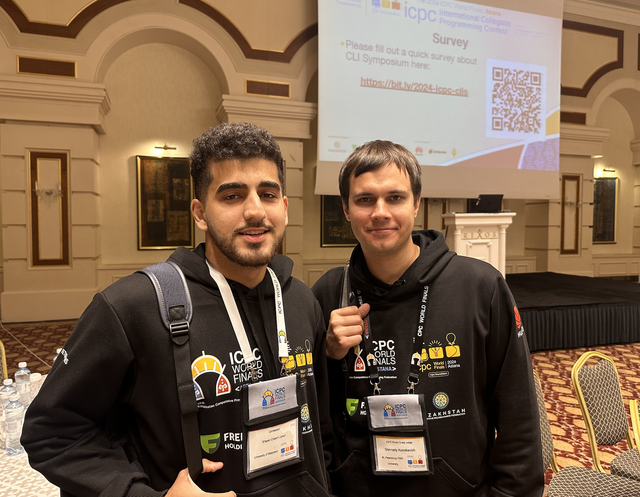Note: This is what I did. This is what I always tell my students. This is what I’m sharing because I believe it is very helpful for people here.
1. Are the tips I’m sharing the only way to reach Expert? No.
2. Is it the best way to reach Expert? Not necessarily, but I think so.
3. Can I leave hateful comments below? Do something more valuable lol. Write another blog explaining how you did it, or even a comment works.
4. Are you actually helping or just promoting your video? First, regardless of any benefit to me, this is valuable information for people. Second, I genuinely don’t need the promotion. 32,000 people have already watched it in a week, and this blog might add like 1,000 more, doesn’t make any noticeable difference for me.
Two types of advice
I believe advice generally falls into two types. Some advice is not controversial, so everyone agrees on it. By definition, it is ‘useless’ because it doesn’t add new knowledge. For example, telling someone to “practice” or “train hard” isn’t helpful since everyone already knows and agrees on that. It can serve as a reminder or motivation, but it doesn’t add knowledge.
On the other hand, some advice isn’t something you hear everywhere. Not everyone may agree with it. So, what I did here was share those kinds of opinions. And of course, anyone is free to agree or disagree in the comments. This is an open discussion.
Is there really a correct and incorrect way to learn competitive programming? Definitely. I’ve seen many people do it incorrectly. At the end of this blog, I’ll share experiences I’ve had with my previous students in different schools.
I’ll attach the video I've made at the end, but I’ll also summarize some of the key points for those who prefer reading.
Why am I so confident about this style? I've did it myself. As you can see in my rating graph, I went from newbie to expert in two months (March–May 2015), and after three months, I ranked 4th in a div 2 contest (still my best CP day ever). So, I confidently say that it works.

Okay, so what is it?
For example, I tell people to solve problems around their own rating. If your rating is 1200, solve many 1200-rated problems. It’s not a waste of time. Don’t jump to harder problems too soon. Many people do this, but they end up spending too much time thinking and not enough time implementing. Therefore, they become good at problem-solving but suck at implementation.
Also, don’t think too much. If you’re stuck, feel free to look at hints or solutions, that’s fine! You’re a beginner and you are building intuition. (Some people strongly disagree and think you should never check a solution, even if a gun is pointed at your head. I completely disagree, remember, you have just started.) I recommend choosing problem that on average you spend about 30 minutes per problem. (average! so you might solve some in 10 mins, and some in more than an hour) Some say, “Think on a hard problem for 5 hours and enjoy!” No. trust me, Accepting 10 different problems helps more at this stage. I also recommend reviewing other people’s code. Early on, this helps you write more efficient solutions.
And seriously, don’t start by learning algorithms. Just solve problems. Learning complex algorithms too early is mostly a waste of time. To reach expert, you only need to solve problems with tags like implementation, brute force, math, greedy, and DP. (DP is the only one that requires serious practice.)
Here you can see the full video:
This is a recurrent pattern, happened over and over again in my teaching experience. I start teaching in a school, and I see that after a year the students are still newbie/pupil at most. I work with them and in several months they get to expert. Why? The previous teacher was teaching them AVL tree (or similar things), solving very hard problems, etc. If you ask the students to explain some complex algorithm in a paragraph, they can do that. But if you give them a simple problem to accept, they can't.
Trust me, this is not the correct way to learn CP. And, yes, there is a correct way and an incorrect way.
Feel free to agree/disagree in the comments. It’s welcome and helps everyone to know opposite point of views.













